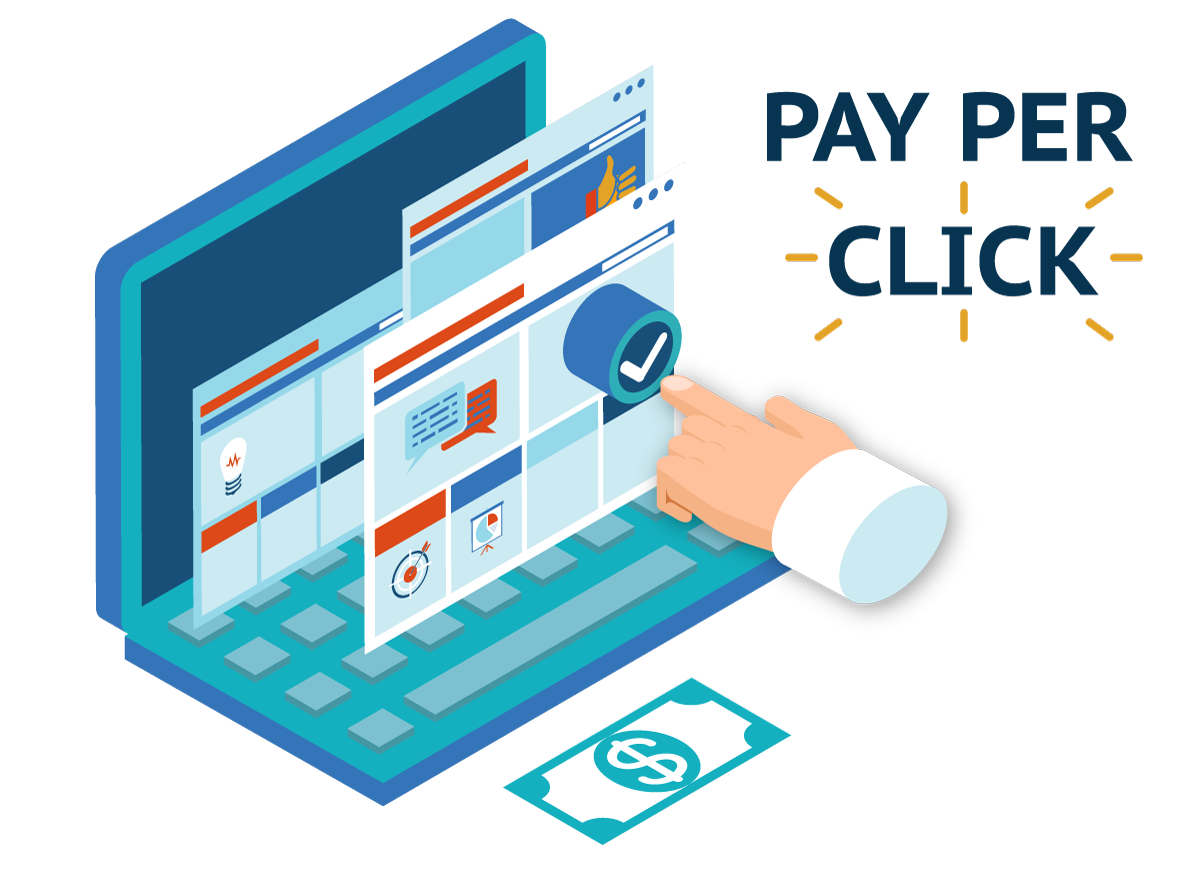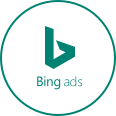
 Search Engine Optimization, or SEO, has many varied layers to it. Many people might think that it is limited to content and keywords – that those elements are all that are involved in getting to the top of the rankings for search engine results. While it is undeniably part of SEO and perhaps the lion’s share, it is not all of the picture as we’ll go into below.
Search Engine Optimization, or SEO, has many varied layers to it. Many people might think that it is limited to content and keywords – that those elements are all that are involved in getting to the top of the rankings for search engine results. While it is undeniably part of SEO and perhaps the lion’s share, it is not all of the picture as we’ll go into below.
Another element of SEO involves paid advertising for search engine results. Have you ever noticed those little short listings on the right side of the search results page? Or the few at the top of the results that have “Ad” showing in the listing title? These are called Pay Per Click, or PPC, ads and they have a specialized place in the world of search engine optimization.
A Pay Per Click add is simply a way to generate traffic to your website – presumably so that you get a specific result from the traffic (more about this later). The process works like an auction. Everyone who wants to use PPC will bid on certain keywords and/or phrases. The more popular (and usually broader) the terms, generally the higher the winning bids are going to be. The more focused the keywords and phrases, the less expensive those winning bids end up being.
For example – you have Jen’s Bike Shop in Tacoma, Washington. You haven’t been getting a lot of traffic, or hits, on your website and you want to get that to change. You decide to try PPC, and the keywords and phrases you bid on are “bikes for sale”, “bike parts”, and “bikes Tacoma”. As you can see, these are pretty general and broad – the thinking being that your website will get to the top of the PPC ad rankings pretty quickly.
Where this could fail for Jen, however, is that she’ll have bid on something that gets a lot of clicks – she’s at the top of the rankings on search results – but for whatever reason those clicks do not “convert” to additional business or sales for Jen. She’s paid for a lot of bid wins, but she’s not translated that into additional business. This means her cost to profit ratio is now more upside down than it was before.
Now let’s say that Jen realizes that she’s gone too broad in a short period of time – she’s not out too much money yet. She decides to change the strategy from broad to specific. Her shop specializes in a specific type of high-performance all-terrain bike from Breezer. So Jen bids on keywords and phrases like “Breezer bikes”, “high-performance bikes”, and “all-terrain Breezer”. She also makes a change to her website so that when a user clicks on the ad link, they instantly get into the list of Breezer bikes for sale, or they get a short form to fill in for more information, or they fill in their email for an ebrochure.
Now Jen has optimized PPC so that getting traffic from those clicks provides a measurable result. She has upped her website traffic and gotten more business. That is the beauty of Pay Per Click for SEO.









